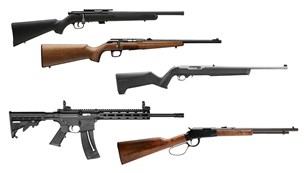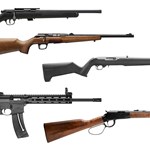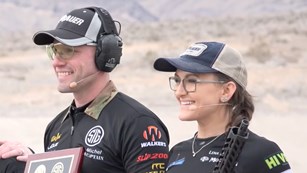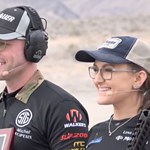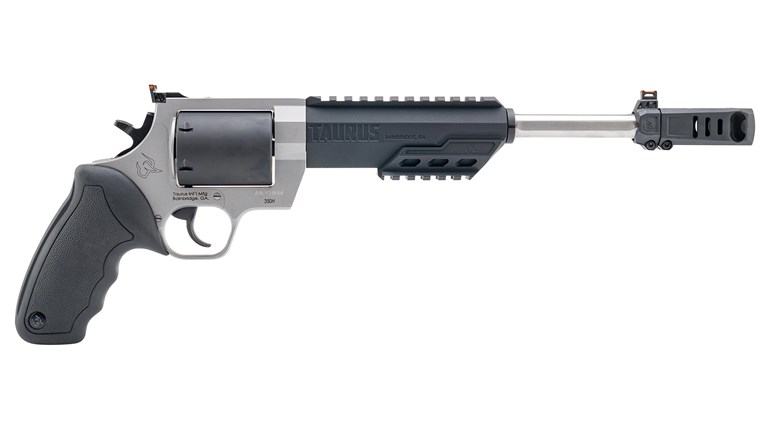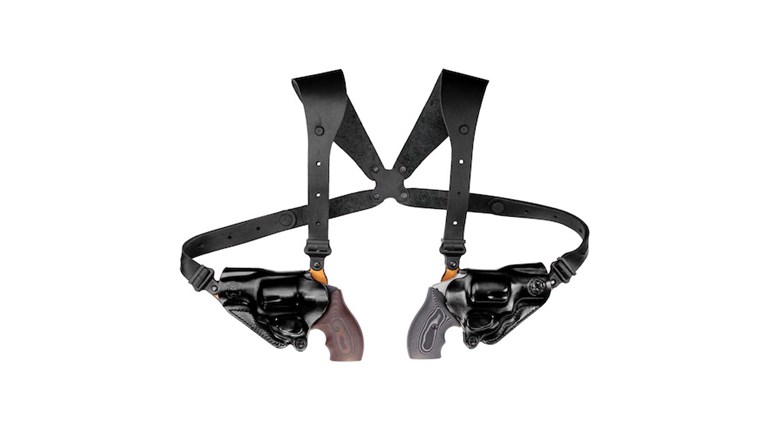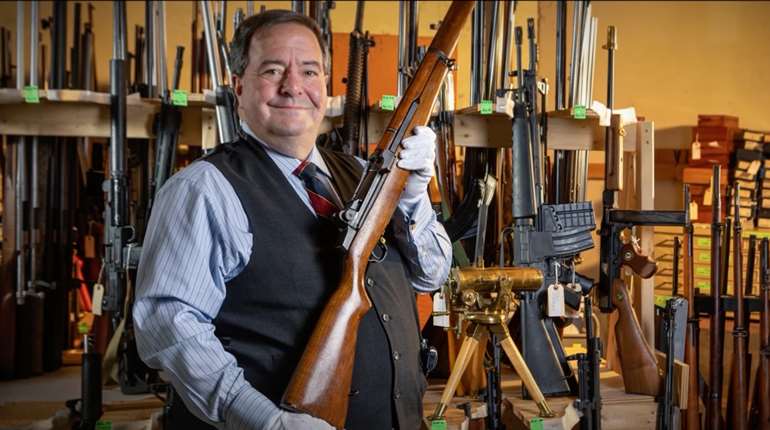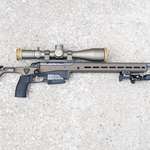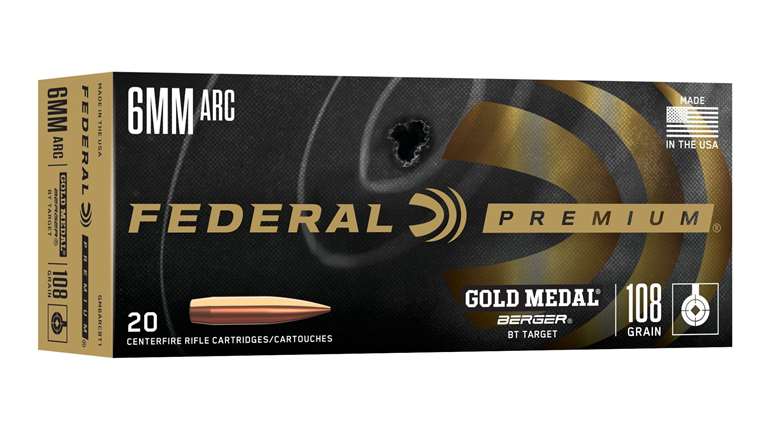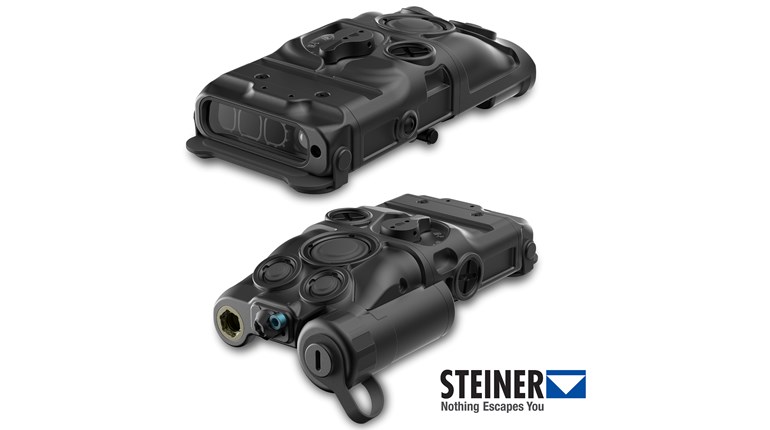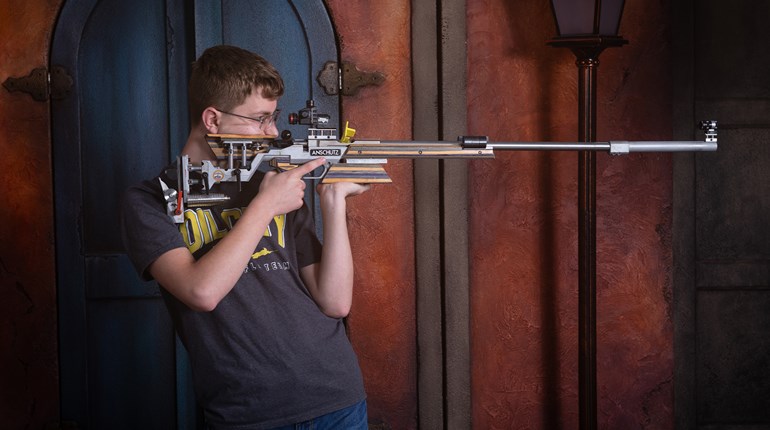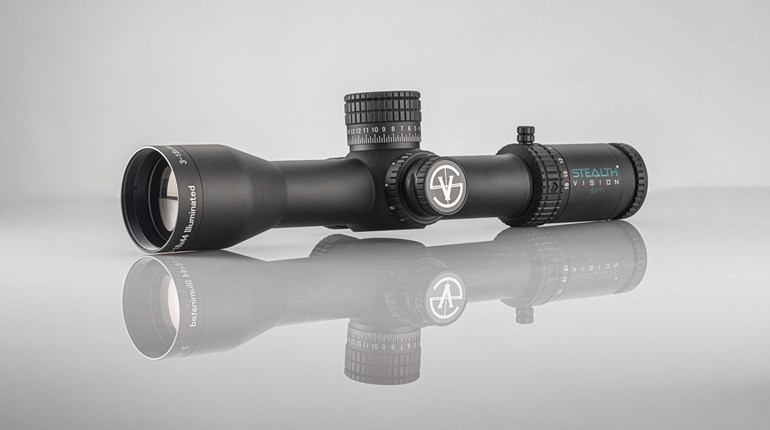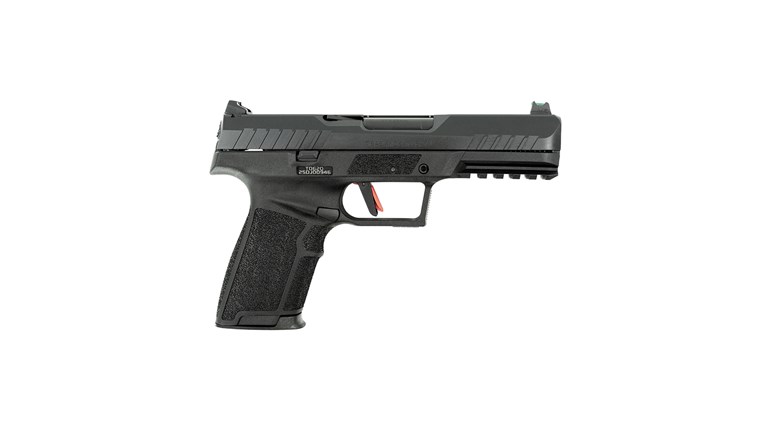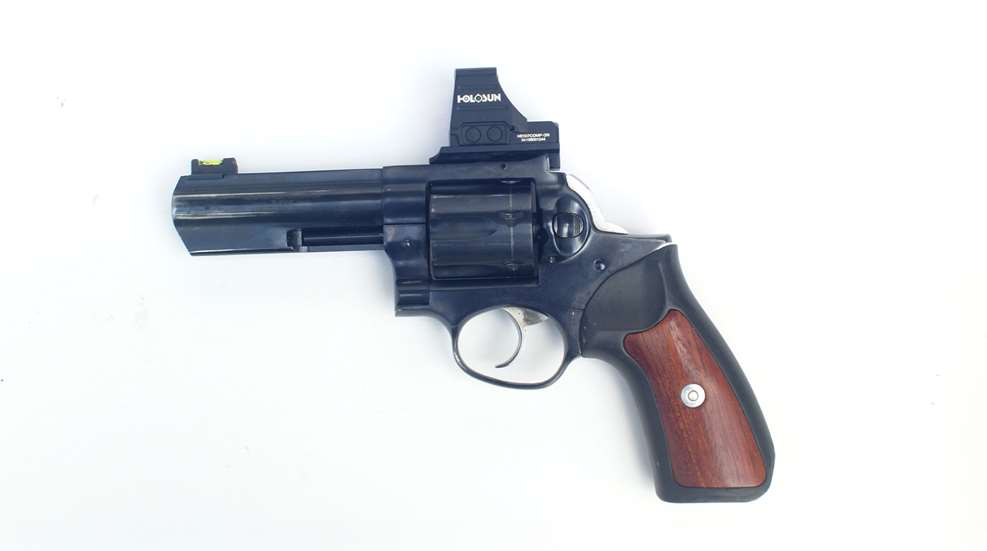
Optical sights don’t play a role for revolver shooters in USPSA or IDPA, but they are a mainstay in ICORE Open division and are often used in NRA Action Pistol Open division and on revolvers in Open division rimfire. Steel Challenge has an Optical Sight Revolver division (OSR) and there is a proposal (that seems to have a fair amount of support) to create Rimfire Revolver Iron Sight and Rimfire Revolver Optical Sight divisions in 2026.
I’ve been shooting revolvers in competition for more than 25 years and thoroughly enjoy wheelguns. Currently, my game of choice is Iron Sight Revolver (ISR) in Steel Challenge with my well-tuned six-inch Ruger GP-100 ICORE Classic gun. It’s a six-shot and not very competitive, since with only one miss available, you can’t really drive the gun and pretty much have to slow down a touch and shoot “one for one.” But I did manage to make B Class with it and wanted to try Optical Sight Revolver.
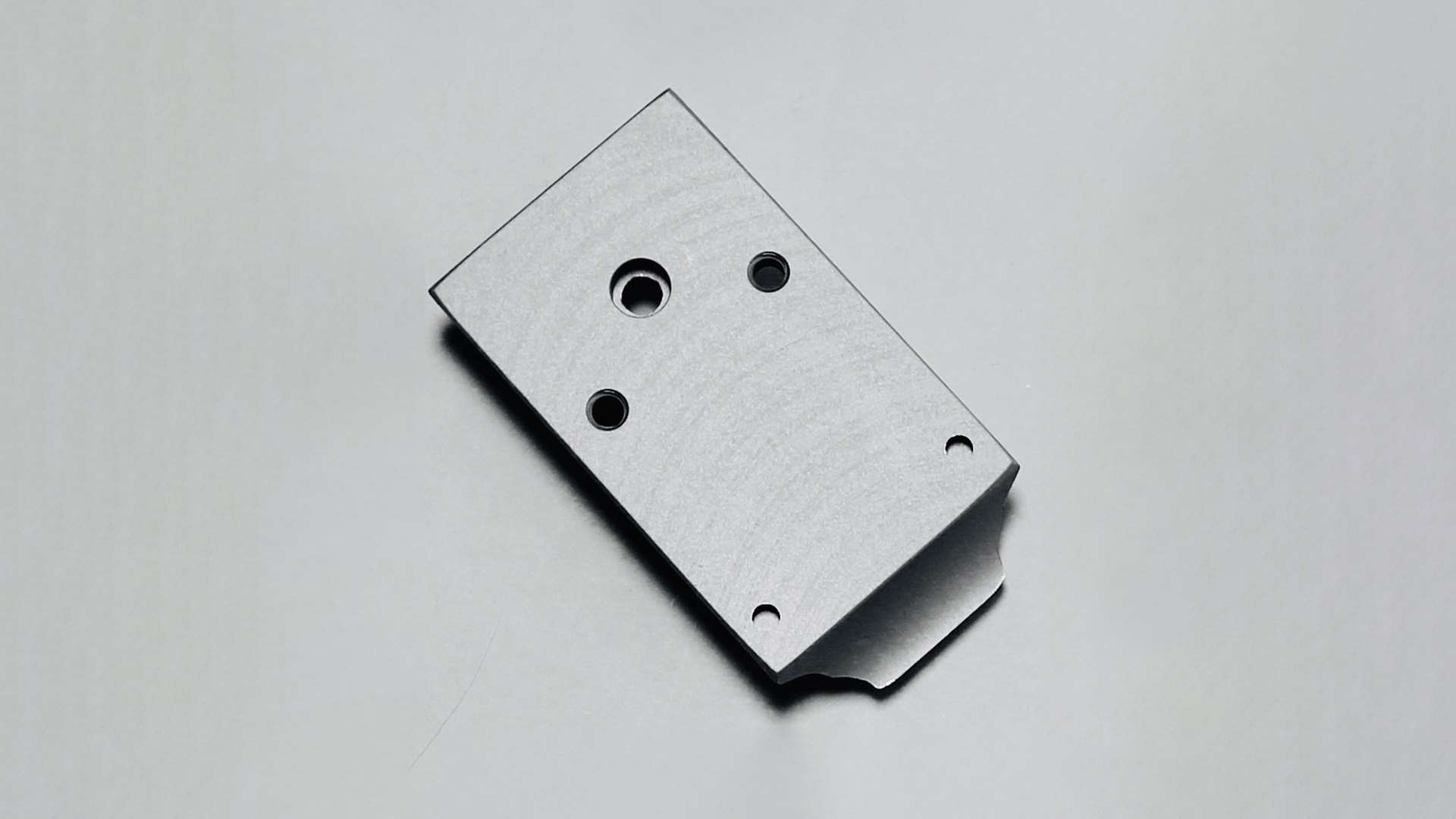
I have a 4.2-inch twin to the six-inch that I used extensively in IDPA, but since those matches within a reasonable drive have dried up in recent years, it was just gathering dust in my gun locker. The shorter sight radius would be no drawback with an optical sight, so it was a good candidate for a dot.
The problem was getting a dot on the gun. After some thought, I figured I could have a gunsmith drill and tap the top strap to take a section of Picatinny rail and use a sight on a Picatinny mount on that. It sounded good—at least until I saw a shooter with that setup and tried their gun.
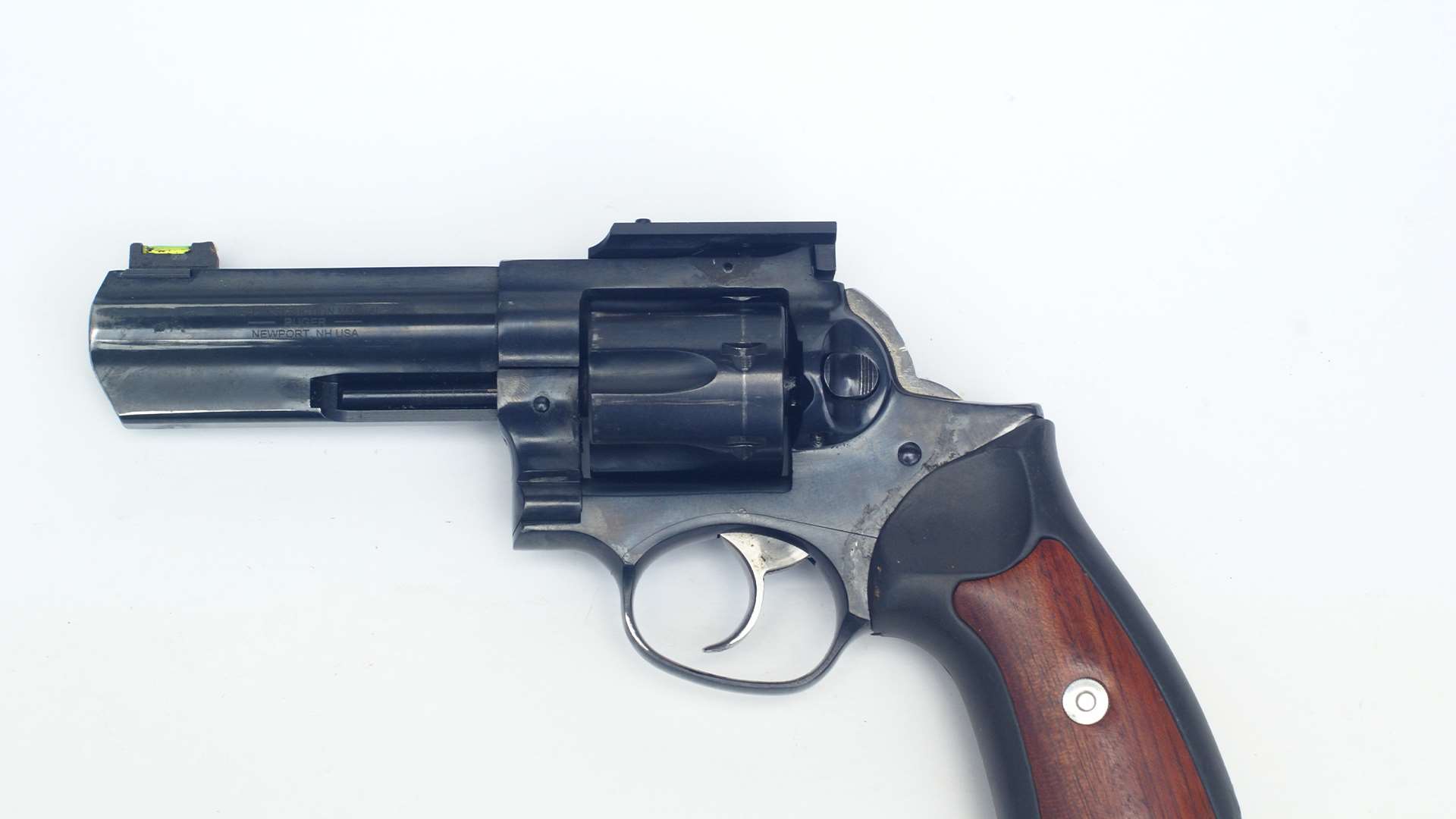
Like most long-time wheelgunners, I have developed a draw stroke/presentation that, with my eyes on the target, the gun comes from the holster with the aligned sights dead on where my eyes are focused. Adding the height of the Picatinny rail to the height of the Picatinny mount to the height of the red dot threw that out the window. The dot was somewhere well above where my eyes were looking and went beyond “Where’s Waldo.” And that was just the first shot from the holster. Trying to locate that dot as I swung rapidly through the plates was more like “what galaxy is my dot in?”
I was ready to give up on Open Sight Revolver, but saw a mention of Allchin mounts on a competition-oriented online forum that I occasionally visit. I searched for “Allchin Gun Parts,” looked the mount over, liked what I saw and bought one for my Ruger GP-100 (for $59.70 delivered). A Holosun 507C was going on it, so I ordered the RMR footprint.
Allchin revolver mounts are designed for Ruger, Colt, Smith & Wesson and Taurus revolvers with adjustable sights that ride in a channel on the top strap. The Allchin mount is flat on top with the appropriate red-dot mounting pattern, while the underside has a lug that slips right into the sight channel and is secured to the existing screw hole with a supplied screw. Installation is nothing more than drifting out the roll pin at the front of the iron sight, removing the iron sight securing screw and iron sight, then slip the Allchin sight in and secure it. It took me all of five minutes, and half that time was spent searching for the proper center punch to remove the roll pin. Allchin notes that some sights might require minor hand-fitting, but mine slid right it.
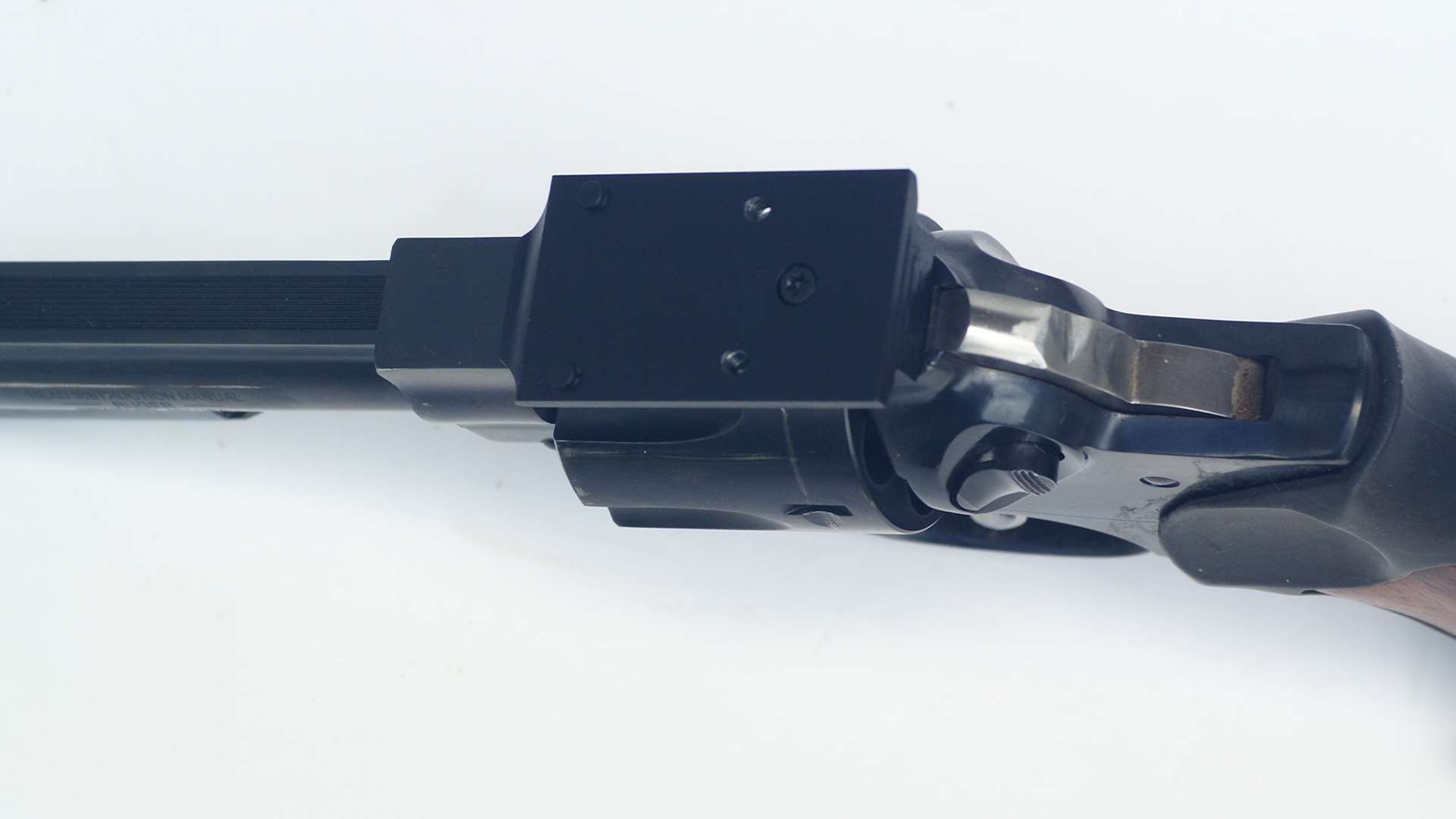
The sight sits flat on the topstrap, but the dot at center glass is still slightly higher than the iron sights. It isn’t much and took me no more than five minutes of dry fire to get the dot nailed on the draw and presentation.
A six-stage Steel Challenge match followed, and I was a bit surprised when I beat five of my B Class ISR personal best times on my first foray with the dot. That big green dot was a lot easier on my Distinguished Senior eyes than trying the mate front and rear iron sights. I was more surprised when I found I had beat my B Class Carry Optics times in Smoke & Hope and Roundabout. I was quite happy and gave John Allchin a call to find out more.
It turns out John has been a gunsmith since the 1980s and is an active USPSA and ICORE competitor. He developed his revolver mount when he decided he wanted to shoot ICORE Open and discovered, as I did, that the sight height resulting from stacking rail, mount and dot didn’t do good things for his scores.
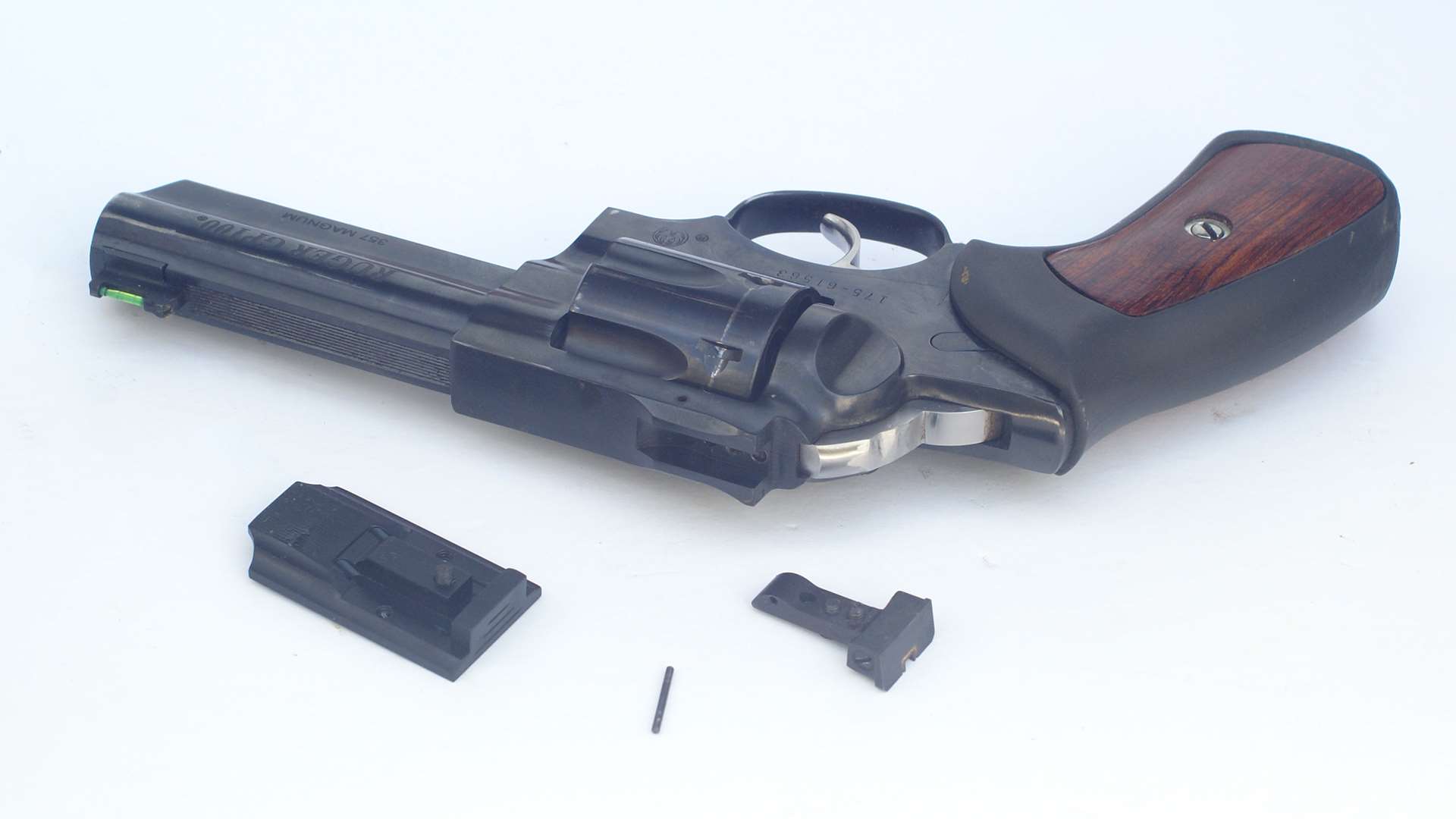
John doesn’t do gunsmithing these days. He just makes parts, and for more than just revolvers. His flat mounting system is also available for the Browning Buckmark and Smith & Wesson Victory .22 LR semi-automatics. Shooters with Ruger Mark II, Mark III and Mark IV pistols, and 10/22 rifles with factory receiver holes for rails, also have a flatter mount that sits just above the receiver using the existing holes. Competitors with 1911/2011 pistols that don’t have the slides cut for optics can use the Allchin side mount to get their sight low on the slide. These use existing holes on the left side of the dust cover.
If hunting for the dot on high-mounted sights is holding your scores back, it’s worth a visit to allchingunparts.com.



